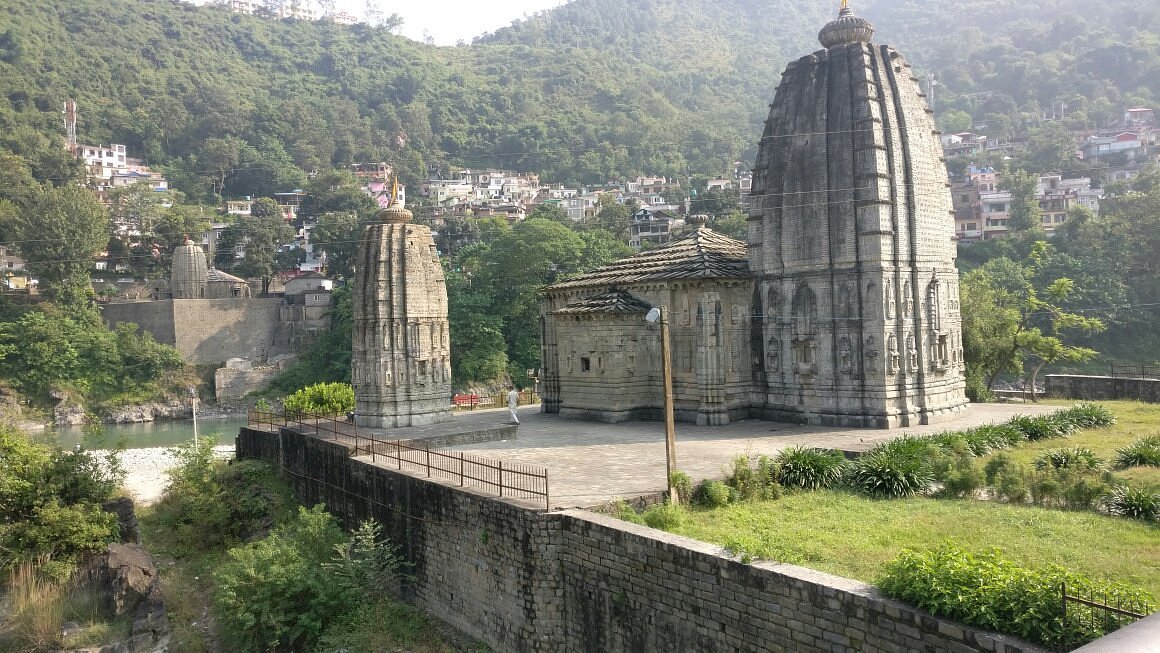
The tranquil beauty of the Panchvaktra temple, located at the confluence of the rivers Suketi and Beas, draws visitors from all over the country. The temple is well-furnished and stands on a large platform. The Panchvaktra temple is a supreme sanctuary to Lord Shiv. The temple is created in the traditional Shikhara architectural style, and it is stunning. The temple earned its name from the five-faced statue image of Lord Shiva, only three of which can be seen from the front.
It is one of the Archaeological Survey of India’s protected monuments and has been designated a national site. A massive statue of Lord Shiv can be found inside the Panchvaktra temple. The statue has five faces that represent Lord Shiv’s various personalities: Aghora, Ishana, Tat Purusha, Vaamdeva, and Rudra. Angora represents his destructive nature, Ishana represents his omnipresence and omnipotence, Tat Purusha represents his ego, Vaamdeva represents his female element, and Rudra represents his creative and destructive nature. Panchvaktra is the merger of all of these.
It’s a serene setting; calm pervades the temple’s scent. Silent meditation here can improve people’s mental health and purify their souls. Without a doubt, the Panchvaktra temple is part of our illustrious heritage.
Mandi District, Mandi, Himachal Pradesh-175001 is the address.
Who built Panchvaktra Temple?
The temple was constructed by Raja Guje Singh of Jammu (1687-1703) and is considered one of the oldest in Jammu.
What is the history of Panchvaktra Temple?
According to legend, the Panchvaktra temple was restored by one of the erstwhile rulers of Mandi, Sidh Sen, who succeeded Gur Sen in 1678 AD, as it was damaged by floods. The main porch of the temple is supported by four carved pillars. Inside the temple, there is a huge statue of Lord Shiva.
In which district is Panchvaktra Temple?
A viral video of the Panchvaktra temple in Himachal Pradesh’s Mandi district standing tall while flash floods wreak havoc on the state has people thinking of Rishikesh’s famed Shiva statue and the Kedarnath temple that stood tall during the 2013 floods in Uttarakhand.
What are 5 Pancharamas?
Thus were born the Pancharama (Pancha meaning five and Aarama meaning peace) Kshetras, in five different areas of Andhra Pradesh — Amararama in Amaravati, Bhimeshwara in Draksharamam, Somarama in Bhimavaram, Ksheerarama in Palakkolu and Kumararama in Samalkot.
Who built Pancharamas?
Then Surya Deva by the order of Lord Vishnu, fixed the pieces and worshipped them by building temples over them. By the formation of temples, the pieces stopped their movement and became famous as Panchaarama Kshetras.

